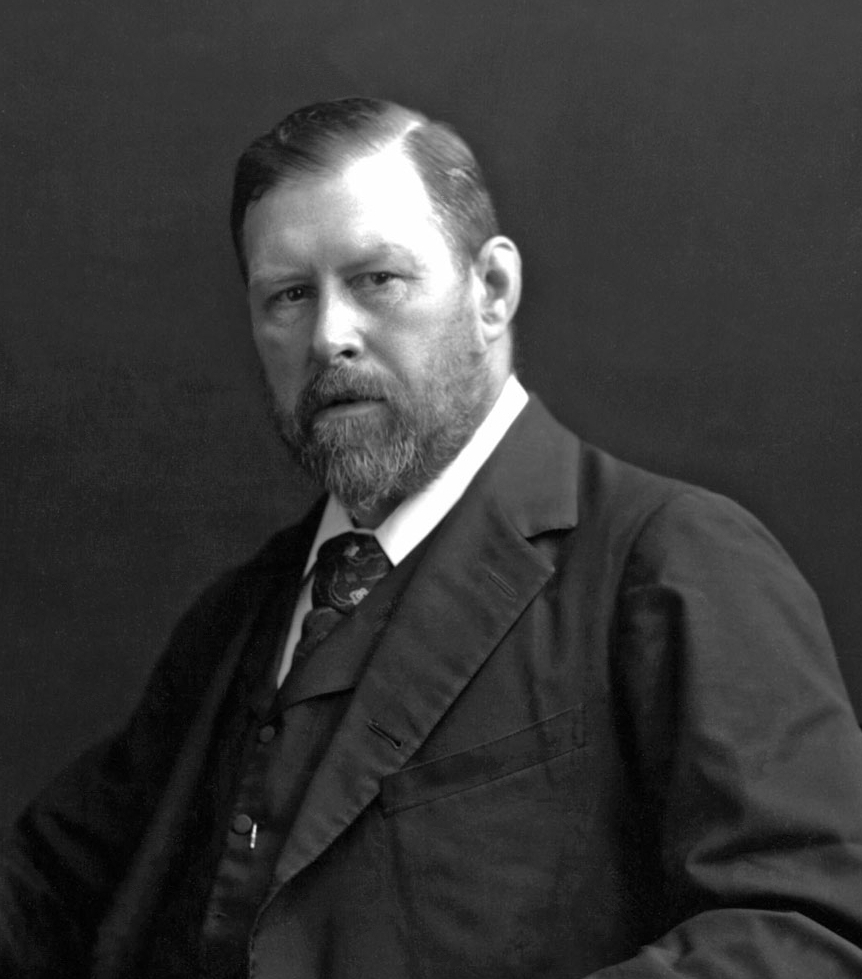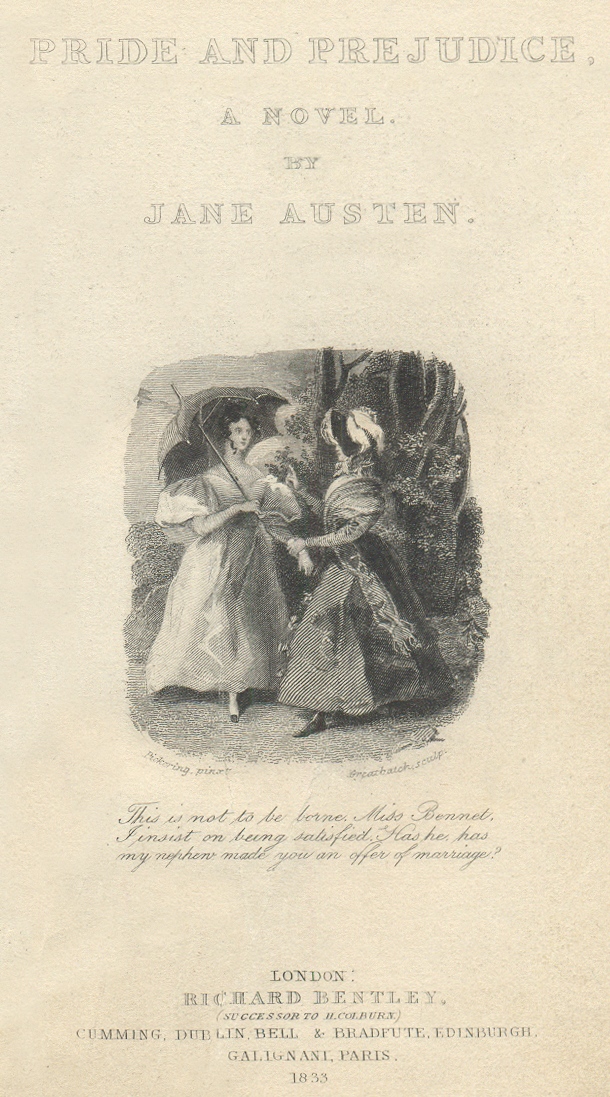 | |
| Click image to see price on Amazon |
Years ago, I watched the movie Fried Green Tomatoes for the first time. More than a stereotypical chick flick, this movie was funny, energetic and wholesome while tackling heavy topics. It's always been one of my favorites, yet I somehow never knew it was adapted from a novel. I learned that a few weeks ago when my sister asked me if I wanted to borrow Fried Green Tomatoes at the Whistle Stop Cafe by Fannie Flagg from her before she dug into it. Of course, I jumped at the opportunity and here I am.
At its core, Fried Green Tomatoes at the Whistle Stop Cafe is about a woman named Idgie and her family. Idgie's sister-in-law narrates some of the story while telling tales of her life to her friend in the nursing home. However, there is much more to it than the core tale. While jumping around from the past to the future and back again at odd points, this book encompasses a lot of folks, all Southern and all just a little countrified.
In contrast to Idgie's adventurous and daring spirit, there is Evelyn Couch–a modern housewife struggling through menopause and a crippling lack of confidence. Her friend Ninny is a bit like Idgie and encourages Evelyn to be herself and find help for her health issues. While Ninny often narrates some of the story of her friends and family's history, the book also slips into third-person, so the reader can get a glimpse of events Ninny didn't see, from murders to elephant marches. Also intertwined with these stories are fictional clippings from local newspapers involving characters and settings. I wasn't expecting that, and they proved to be quite funny at times.
Idgie is the soul of the novel and her soul mate is a woman named Ruth. I was a little surprised at how casually Fannie Flagg handled the fact that Ruth and Idgie were obviously gay. People around them knew it and this is Depression-era Alabama. I'm not entirely sure if people in that time and place would have been as accepting of such a relationship as the characters in the novel are or if Flagg wanted to leave that kind of bigotry out of the novel. In any event, it doesn't seem out of place.
There are a number of black characters in Fried Green Tomatoes at the Whistle Stop Cafe. Some are staff and all are friends of the central cast of characters. Bigotry and racial violence is handled extensively and I think tastefully. From the shame of being thought an Uncle Tom to the added difficulties of being black, homeless and hungry during the Depression, readers get what feels like an inside look into life before Civil Rights. It feels genuine and thoughtful at every step.
Homelessness, alcoholism, spousal abuse, disability and loss are all interwoven into this otherwise uplifting novel. Love, affection, unconditional friendship and humor all appear to counterbalance these difficult, but relevant issues. For me, humor is what came through the most. A few tall tales, a parking lot run-in and some good food jokes all made Fried Green Tomatoes at the Whistle Stop Cafe a happy, inspiring novel that is well worth the attention it, and its silver screen counterpart, has garnered over the years.
Shelly Barclay













